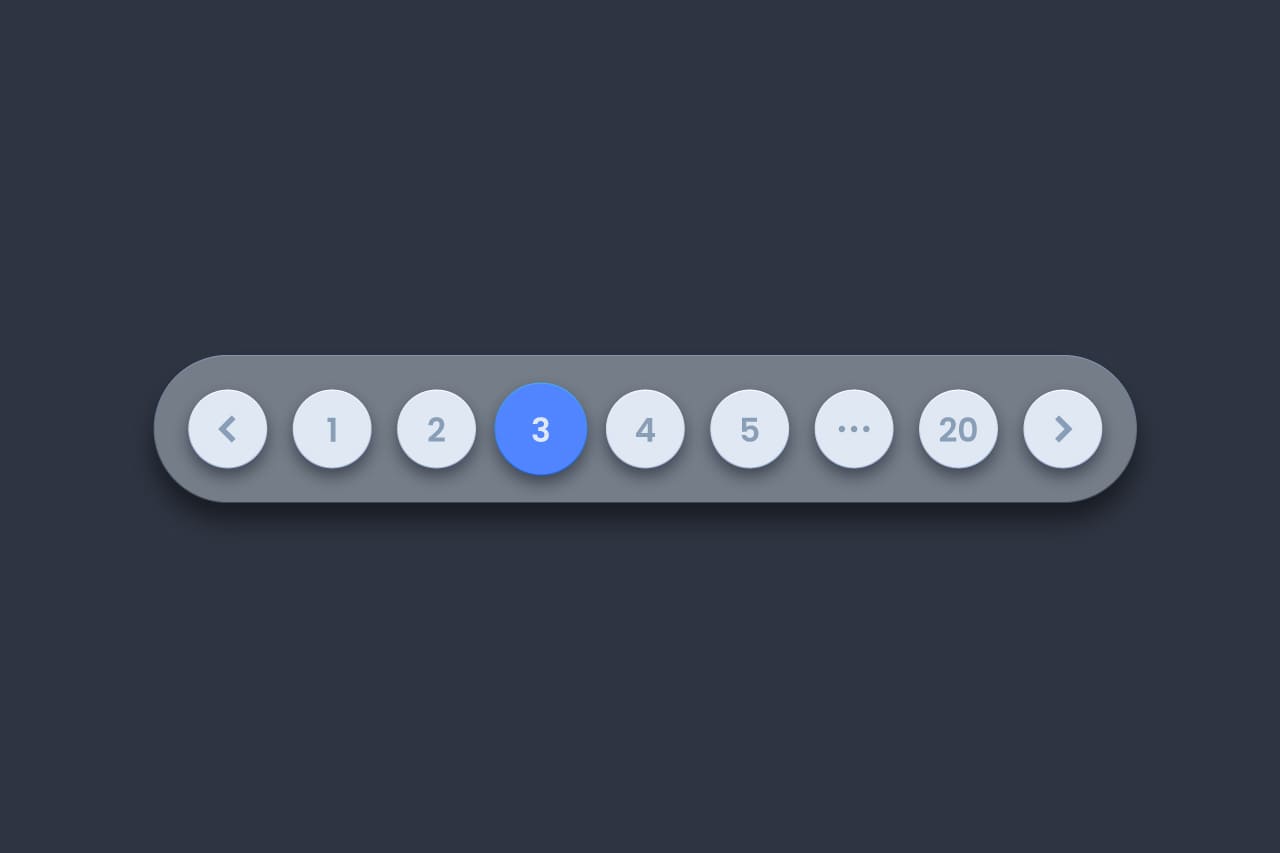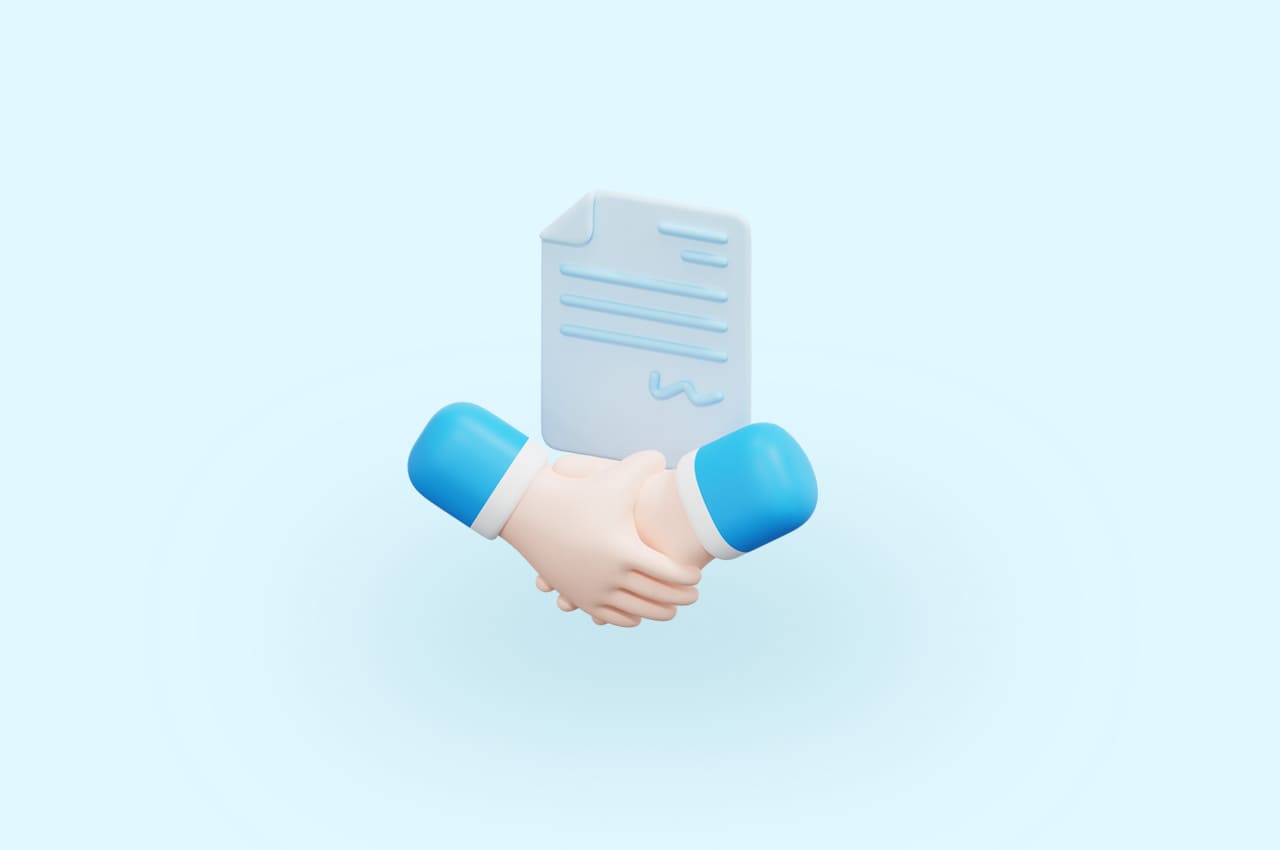How to Create an Effective Employee Development Plan [2023]

Employee development plans play a pivotal role in unleashing the full potential of a workforce and driving overall organizational success.
In this comprehensive blog, we will delve into four essential steps to craft highly effective and empowering employee development plans.
By aligning individual aspirations with the strategic goals of the organization, these plans become powerful tools for talent retention, skill enhancement, and fostering a culture of continuous learning and growth.
What is an Employee Development Plan?
An employee development plan, also known as an employee growth plan, is a structured process aimed at enhancing individual skills and knowledge to thrive in their current role and prepare for future responsibilities within the organization.
To read more about the important features & benefits of using Horilla HR Software, refer to our blog Top 8 Features & Benefits of Using Horilla HR Software in 2023
Key Elements of an Effective Employee Development Plan:
1. Assessing Organizational Needs:
The development plan starts with understanding the organization’s requirements, strengths, weaknesses, and long-term goals. By aligning development initiatives with organizational needs, employees can contribute directly to the company’s success and competitiveness.
2. Identifying Employee Competence:
Recognizing the employee’s existing strengths and competencies is crucial. The plan focuses on leveraging these strengths to deliver exceptional results, benefiting both the employee’s career growth and the organization’s performance.
3. Aligning with Employee Passion:
The development plan takes into account the employee’s passions and interests. By aligning work with their genuine enthusiasm, employees become more engaged, productive, and fulfilled, driving better overall results for the organization.
In all, investing in a well-structured employee development plan is an investment in the future of both the individual and the organization. By nurturing talent, aligning goals, and fostering a growth-oriented culture, businesses can unlock their employees’ true potential, leading to long-term success and prosperity.
Advantages of Employee Development Plans:
1. Attracting Top Talent:
A robust employee development plan acts as a magnet for talented individuals seeking organizations that prioritize growth and skill enhancement. It enhances your company’s employer brand, making it more appealing to potential applicants.
2. Boosting Engagement and Motivation:
When employees are provided with opportunities for development and feel valued, they become more engaged and motivated in their positions. Investing in employee growth cultivates loyalty and dedication. Supporting their professional journey fosters commitment and contributes to overall success.
3. Enhancing Employee Performance:
Through targeted training and skill development, employees can enhance their performance, delivering higher-quality work and contributing to the overall success of the organization.
4. Improving Efficiency and Profitability:
Skilled and motivated employees lead to increased efficiency in processes, better decision-making, and ultimately, improved profitability for the company.
5. Nurturing Potential Leaders:
Employee development plans identify and nurture promotable individuals within the organization. Investing in their growth prepares them for future leadership roles, reducing the need for external hiring and fostering a strong leadership pipeline.
6. Increasing Retention and Job Satisfaction:
Employees who are provided with chances for personal and professional advancement are inclined to remain committed to the organization for the long term. When an organization nurtures a culture that prioritizes employee growth and development, it results in higher job satisfaction and lower employee turnover rates.
7. Strategic Workforce Planning:
An employee development plan allows the organization to plan for its future workforce needs. By identifying and developing internal talent, the company can respond more effectively to changing demands and fill key positions with skilled individuals.
A well-crafted employee development plan brings wide-ranging advantages, benefiting both individual employees and the organization as a whole. It serves as a valuable tool for attracting talent, enhancing engagement, and preparing a skilled workforce for the challenges of the future. Investing in employee development is an investment in the long-term success and sustainability of the company.
Creating a Professional Development Plan:
Step 1: Assess Organizational Needs
Objective: Evaluate the current state of the organization, identify goals, challenges, and opportunities, and determine workforce development requirements.
- Identify Knowledge or Skill Gaps: Conduct a thorough analysis of the organization’s workforce to identify any gaps in knowledge or skills. Assess whether employees possess the necessary competencies to achieve organizational objectives.
- Analyze Talent Attraction and Retention: Evaluate the organization’s capacity to attract and retain highly skilled individuals. Pinpoint opportunities for enhancing the recruitment and retention procedures by identifying areas that require improvement.
- Align Training and Development with Strategic Needs: Ensure that the training and development initiatives align with the organization’s strategic goals and objectives. Identify areas where specific skills or knowledge are required to support strategic growth.
- Align Benefits with Employee Priorities: Understand employee preferences and priorities when it comes to professional development. Tailor benefits and opportunities to match their individual career aspirations.
- Measure and Improve Employee Satisfaction: Conduct employee satisfaction surveys to gauge how employees perceive the organization’s commitment to their development. Use feedback to improve development programs and initiatives.
- Address Turnover and Retention Strategies: Identify factors contributing to employee turnover and implement strategies to improve retention. Employee development and growth opportunities can play a significant role in reducing turnover.
- Stay Updated with Industry Changes: Stay vigilant about industry trends, technological advancements, and best practices to keep your organization competitive and offer pertinent development opportunities.
- Establish Succession Planning: Identify potential leaders within the organization and develop plans to groom them for future leadership roles. Succession planning ensures smooth transitions for key employees’ career advancements or departures from the organization.
Step 2: Individual Focus and Collaboration
Objective: Prioritize individual employee development by fostering one-on-one collaboration between managers and employees.
- Set Expectations for Employee Development Plans: Clearly communicate the purpose and expectations of the employee development plans to both managers and employees. Emphasize the importance of personal growth and professional advancement.
- Clarify Responsibilities: Employee and Manager Roles: Define the roles and responsibilities of both employees and managers in the development process. Employees should take ownership of their career development, while managers act as facilitators and provide guidance.
- Encourage Development-Focused Conversations: Create a culture that encourages regular discussions between managers and employees about career goals, interests, and needs. Make sure these conversations are ongoing and open.
- Use Thoughtful Questions for Productive Discussions: Equip managers with thoughtful questions to guide development-focused conversations. Questions should address skills, accomplishments, challenges, career goals, and obstacles to progress.
- Emphasize the Value of Follow-Up Questions: Encourage managers to ask follow-up questions to gain a deeper understanding of employees’ career aspirations and development needs.
Step 3: Offer Relevant Development Opportunities
Objective: Provide customized opportunities for employees to work towards their career goals and support their development.
- Offer In-Workplace Development Options: Provide a range of development options within the workplace, such as coaching, mentoring, cross-training, job rotation, stretch assignments, corporate university programs, succession planning initiatives, and group training classes for common needs.
- Utilize Online Resources: Offer access to online resources such as videos, podcasts, webinars, online classes, and ebooks. These resources can be cost-effective and flexible for employees to access and learn at their own pace.
- Explore External Opportunities: Encourage employees to explore external development opportunities, such as industry organization memberships, conferences, seminars, events, and potential tuition reimbursement (if applicable).
- Be Mindful of Practicality and Quality: Consider the cost, time, and effort required for each development opportunity. Evaluate the quality and relevance of resources to ensure they align with employees’ career goals and organizational needs.
- Avoid Making Unfulfillable Promises: While supporting employee development is crucial, be cautious not to make unguaranteed promises regarding promotions or salary increases. Emphasize that career growth depends on various factors, including company priorities and economic circumstances.
Step 4: Monitor Progress and Refine Strategies
Objective: Track the effectiveness of employee development plans, regularly review progress, and adjust strategies as needed.
- Schedule Periodic Progress Meetings between Managers and Employees: Set regular meetings between managers and employees to review progress, accomplishments, challenges, and any changes in career goals or needs.
- Encourage Open Communication and Informal Check-Ins: Foster open communication between managers and employees, encouraging informal check-ins to discuss any immediate development needs or progress updates.
- Stay Flexible and Adjust Plans According to Individual Needs: Recognize that employee development plans should be dynamic and adaptable. Adjust plans based on the individual’s progress and changing career aspirations.
- Continuously Evaluate and Improve the Development Process: Regularly assess the success of employee development plans and gather feedback from employees. Use insights to improve the overall development process.
- Measure Individual and Aggregate Results: Measure individual employees’ progress and aggregate results to gauge the overall effectiveness of the development program.
- Consider a Dedicated Employee-Development Role (based on organization size): Determine if a dedicated role or team is needed to oversee and coordinate employee development efforts effectively.
- Share Results and Insights with the Executive Team: Present the outcomes of employee development initiatives to the executive team, highlighting their impact on organizational growth and employee engagement.
- Use Feedback Surveys to Gather Input from Employees: Conduct periodic feedback surveys to gather input from employees about their experiences with the development program and areas for improvement.
- Utilize HR and Manager Reports for Data Analysis: Utilize HR reports and feedback from managers to analyze training outcomes, productivity improvements, and overall employee growth.
To read more about installing Horilla in MacOS/ Ubuntu using shell script, refer to our video to Install Horilla in MacOS/ Ubuntu Using Shell Script
Remember, a professional development plan is an ongoing and dynamic process that fosters employee growth, engagement, and career advancement. By prioritizing individual development and aligning it with organizational objectives, organizations can create a culture of continuous learning and drive success for both employees and the company.




